Unleash your kids’ creativity with the wonderful world of stamp art! This blog post explores various stamp art ideas and open-ended activities to inspire imagination and artistic expression. Whether you’re a parent, teacher, or caregiver, stamping up provides endless opportunities for little ones to explore shapes, colors, and textures in a fun and engaging way. From simple card designs to collaborative projects, we’ll guide you through the basics of stamping techniques and offer exciting suggestions to get your little artist started. Join us on this creative journey as we delve into the joy of stamping up and discover how it can become a delightful outlet for your kid’s artistic talents!

If you have kids at home and want to teach them all techniques of stamping art, we recommend you click here.
Getting Started With Stamping Up – Tips And Techniques For Postage

Stamping Up is a fun and engaging activity that allows kids to explore their creativity and develop fine motor skills. Here are some tips and techniques to help you get started:
Choose age-appropriate stamps
Select easy-to-grip and manipulate for little hands. Look for stamps with large, clear images and simple designs that kids can easily recognize.

Use washable ink pads
Opt for washable ink pads to make cleanup a breeze. This way, you don’t have to worry about stains on clothes or surfaces.

Start with simple shapes
Begin with basic shapes like circles, squares, triangles, and rectangles. These shapes are easy for kids to stamp and can be combined to create more complex designs.
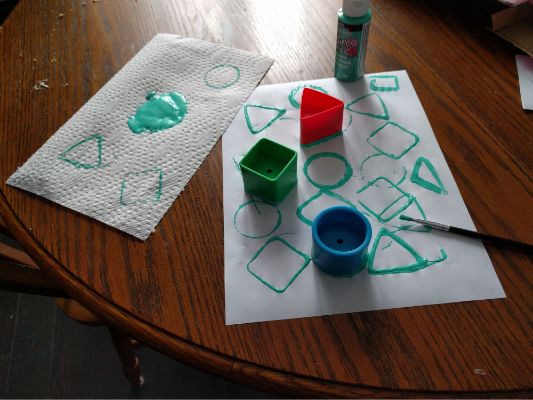
Demonstrate stamping techniques
Show kids how to press the stamp firmly and evenly onto the paper. Encourage them to experiment with different amounts of pressure to see how it affects the stamp’s appearance.
Explore color mixing
Introduce the concept of color mixing using different ink pads or encourage kids to overlap stamps of different colors. This can create beautiful blended effects.

Incorporate other art materials
Combine stamping with other art supplies like markers, crayons, or colored pencils.

They can embellish their stamped designs, add details, or create backgrounds.
Encourage creativity
Let do experiment and explore their ideas. Offer open-ended prompts or themes, but allow them to interpret and express themselves freely through stamping.

Provide a variety of stamping surfaces
Along with paper, offer different surfaces like fabric, cardboard, or play dough. This adds sensory experiences and allows for a range of creative possibilities.
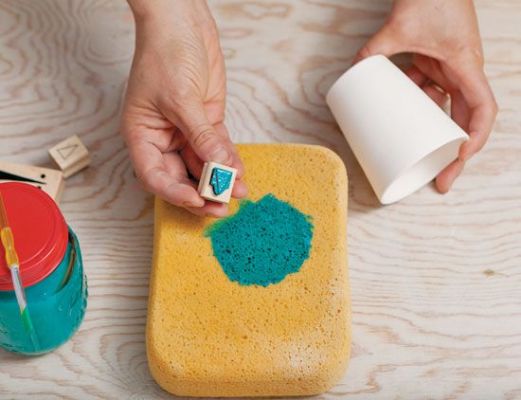
Celebrate their creations
Display and praise their stamped artwork. Encourage them to share their designs with others, fostering a sense of pride and accomplishment.

20 Stamp-It-Up – Using Stamps To Decorate Cards, Posters, And Crafts
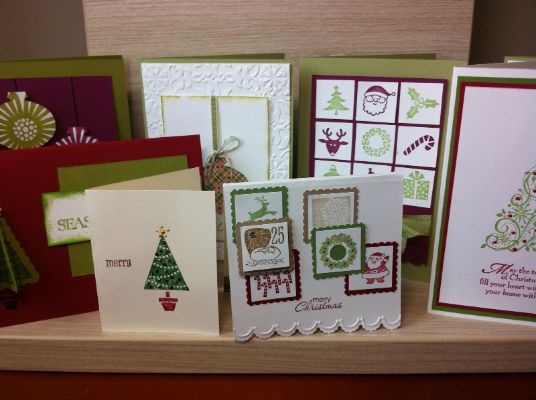
Birthday Cards
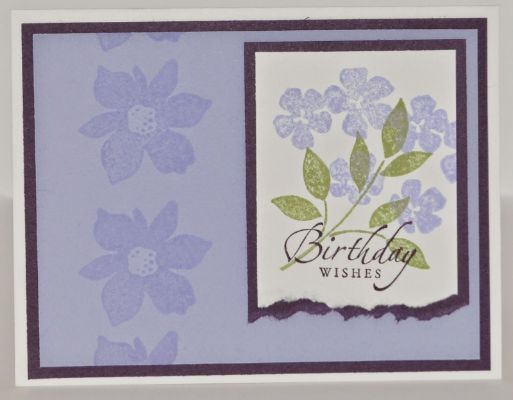
Thank You Cards

Holiday Greeting Cards

Party Invitations

Postcards

Gift Tags

Scrapbook Pages

Bookmarks

Classroom Posters

Paper Bags

Wedding Invitations

Baby Shower Cards

Graduation Cards

Get Well Soon Cards

Anniversary Cards

Wall Art

Journal Covers

Personalized Stationery
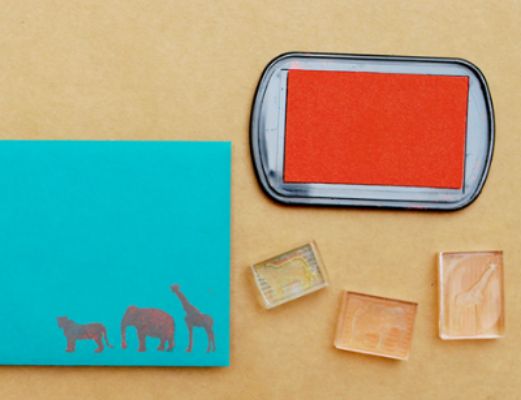
Photo Frames

Decorative Envelopes

10 Inspiring Stamp Art Projects – Collaborative Stamping And Storytelling

Group Storyboard
Create a collaborative story by stamping different scenes and characters on a large shared canvas.
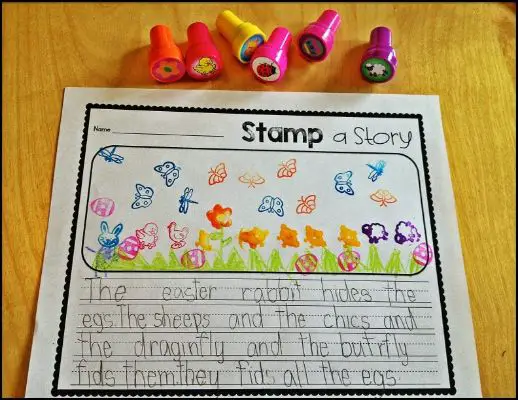
Round-Robin Stamp Art
Take turns adding stamps to a piece of paper, building a unique artwork together.
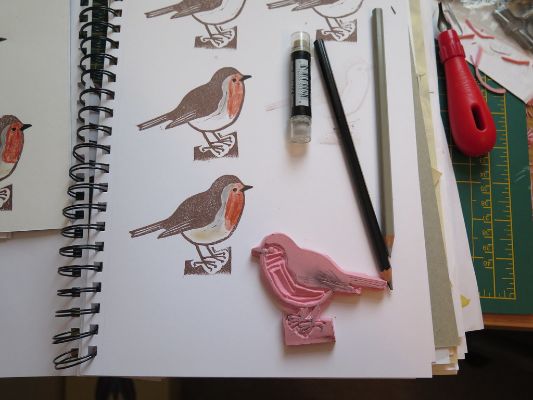
Stamp-a-Story Book
Stamp characters and objects to illustrate a storybook, with each page featuring a different scene.

Story Starters
Use stamps as prompts to spark storytelling and encourage imaginative narratives.

Stamped Comic Strips
Design comic strip panels using stamps and let kids fill in the speech bubbles with their storylines.

Collaborative Mural
Work together to create a mural by stamping various elements and scenes onto a large sheet of paper or wall.

Pass-the-Stamp
Pass a stamp around in a circle, and each child adds it to their artwork, resulting in a collective masterpiece.
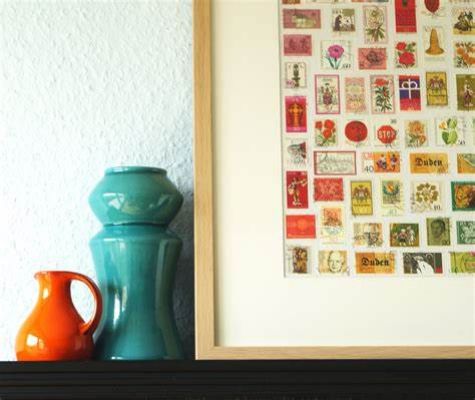
Story Map Stamps
Use stamps to create a visual story map, helping kids visualize plot points and character journeys.

Stamped Puppet Theater
Stamp characters and scenery to make puppets and backdrops for a collaborative storytelling performance.
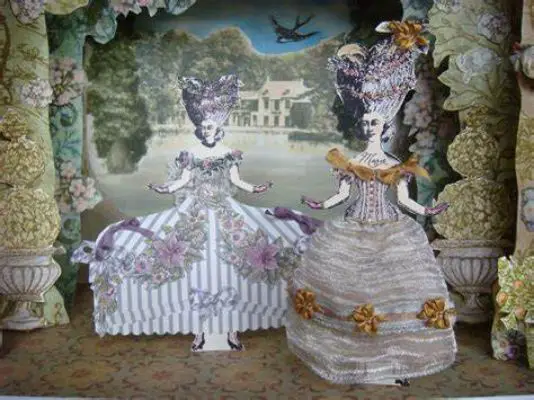
Community Story Quilt
Each child contributes a stamped design on fabric squares, which are then sewn together to create a collaborative quilt representing their shared story.

10 Stampin’ Up Card Ideas for Preage

Butterfly Bliss
Stamping colorful butterflies on a card for a vibrant and cheerful design.

Animal Parade
Use stamps to create a parade of animal characters on a card.

Rainy Day Wishes
Stamping raindrops and umbrellas to make a card. Use a rainy day theme.

Magical Castle
Designing a fairy tale castle scene using stamps on a card.

Balloon Bonanza
Stamping balloons in various colors and sizes to create a festive card.

Friendly Monsters
Using stamps to create adorable monster characters for a fun and playful card.

Outer Space Adventure
Stamping rockets, planets, and stars on a card for an outer space-themed design.

Garden Harvest
Creating a card with stamped fruits, vegetables, and flowers for a garden-inspired theme.

Sports Spectacular
Using stamps to showcase different sports equipment and activities on a card.
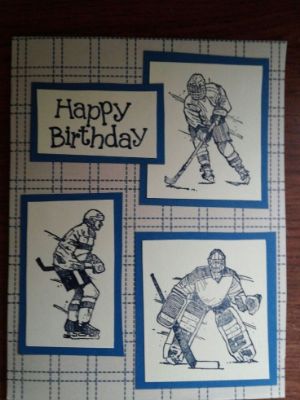
Rainbow Delight
Stamping a vibrant rainbow across a card with colorful ink pads and curved stamps.

Open-Ended Art Activities for Preage

Open-ended art activities allow preage to express themselves creatively and explore their imagination without limitations. These activities encourage self-expression, problem-solving, and cognitive development. Here are some engaging open-ended art activities:
10 Stamp Art In Sensory Play – Using Stamps With Play Dough, Sand, And Other Materials

Playdough Impressions
Pressing stamps into playdough to create textured imprints and designs.

Sand Stamping
Using stamps to create patterns and shapes in a tray of sand.

Sensory Storytelling
Using stamps to illustrate scenes and characters with playdough or sand in a sensory storytelling activity.
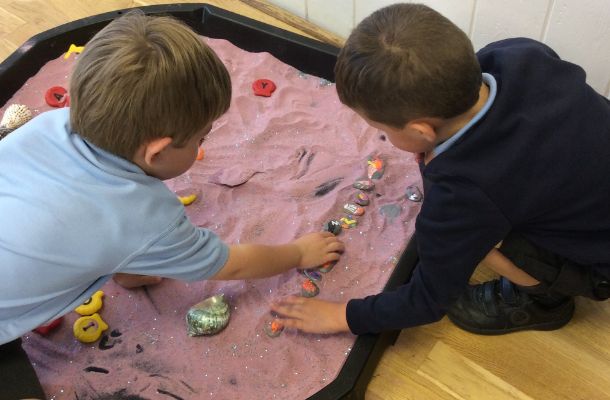
Stamp and Sort
Stamping different shapes or objects into playdough and sorting them by category.

Stamped Nature Prints
Press stamps into clay or playdough to make imprints of leaves, flowers, or tree bark.

Sensory Alphabet Stamping
Stamping letter stamps into playdough and exploring the shapes and sounds of different letters.

Stamp and Match
Stamping shapes or patterns onto playdough and matching them to corresponding cards or images.

Sensory Collage
Press stamps into a mixture of sensory materials like rice, lentils, or dried beans for a textured collage effect.
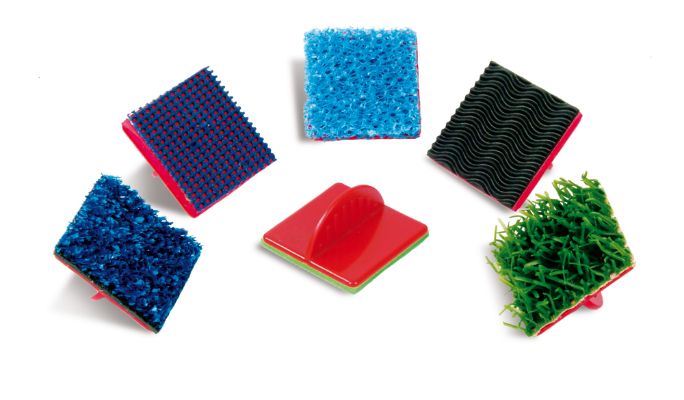
Stamp Sculptures
Creating 3D sculptures with play dough and using stamps to add patterns or designs.

Sensory Stamp Garden
Stamping flower and plant stamps into a sensory garden with green playdough and natural materials like pebbles or twigs.

10 Stamp Printmaking – Introducing Basic Printmaking Techniques With Stamps

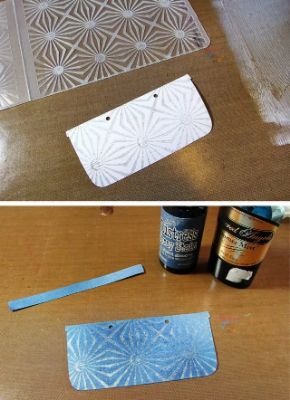
Provide them with different papers, cards, or fabric to experiment with stamp printmaking. Encourage them to explore pattern variations, color combinations, and overlapping designs. This activity promotes fine motor skills, spatial awareness, and understanding of basic printmaking processes.
Stamp printmaking is a creative process that introduces basic printmaking techniques using stamps. It allows them to explore repetition, pattern-making, and image transfer.
Here are 10 ideas for stamp printmaking:
Repeat Patterns
Create repetitive patterns by stamping the same image multiple times.
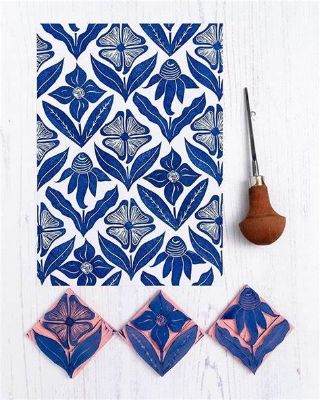
Colorful Prints
Experiment with different colored inks to create vibrant and colorful stamp prints.

Overlapping Designs
Stamp multiple images on each other, creating interesting layered effects.

Ink Blending
Blend different ink colors on the stamp surface to achieve gradient or blended print results.

Texture Exploration
Use stamps with varying textures to create prints with different surface qualities.

Mixed Media Prints
Combine stamping with tissue paper, fabric, or textured paper for unique printmaking effects.

Block Prints
Use larger, solid stamps to create block prints, where the entire surface is inked and stamped onto paper.

Stamp Monoprints
Ink the stamp, press it onto a surface like a plastic sheet or acrylic block, and transfer the image onto paper for a one-of-a-kind monoprint.

Stamp Collagraphs
Create collagraph plates by adhering textured materials (like yarn or buttons) to a flat surface, ink them, and use them as stamps for textured printmaking.

Stamp Resist
Apply a resist layer (such as wax or glue) onto the stamp, then ink and stamp over it. The resist will create a barrier, resulting in interesting negative space prints.
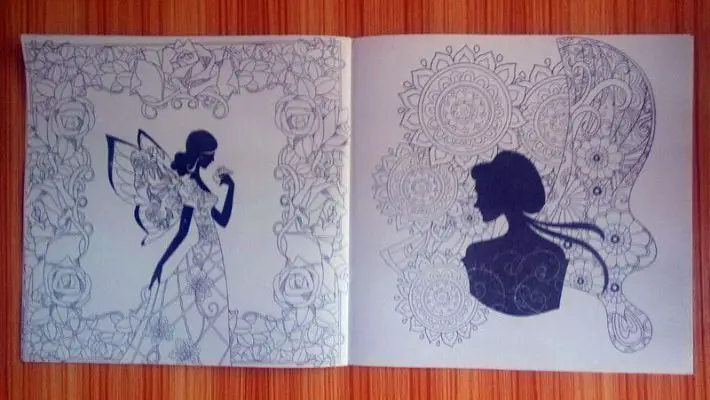
Stamps Ideas for Preage

10 Toddler-Friendly Stamping Tools

Animal Friends
Stamps featuring adorable animal characters that are easy for toddlers to grip and use.
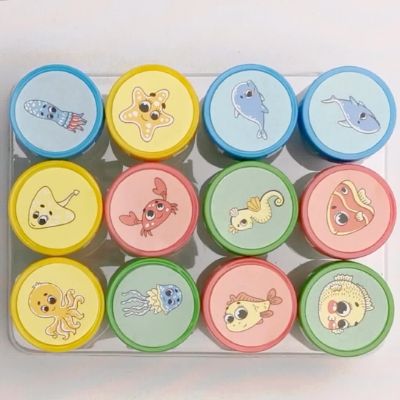
Chunky Shapes
Stamps with large, chunky shapes for toddlers to explore basic geometry while stamping.

Foam Stamps
Soft foam stamps that are lightweight and gentle on young children’s hands.

Washable Ink Pads
Non-toxic ink pads that are easy to clean and safe for toddlers.

Wooden Stamps
Sturdy wooden stamps with rounded edges provide durability and a comfortable grip.

Jumbo Stamps
Oversized stamps with simple designs, perfect for children to handle and create bold prints.
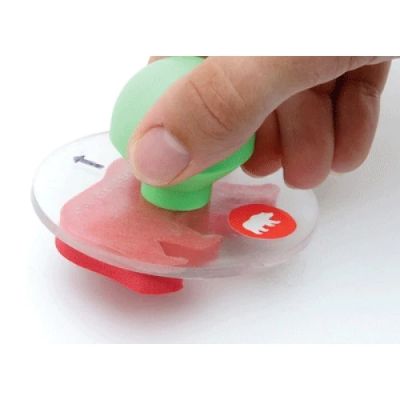
Texture Stamps
Stamps with various textures on their surfaces offer sensory exploration during stamping activities.

Stamp Wheels
Rolling stamp tools that toddlers can easily maneuver, creating continuous patterns and designs.


Finger Stamps
Stamp pads are designed for finger use, allowing toddlers to explore stamping with their fingertips.

Scented Stamps
Stamps that emit pleasing scents, adding a multisensory element to stamping experiences.

10 Stamps For Early Learning

Shape Stamp Matching
Stamping shapes onto paper and inviting toddlers to match corresponding shapes with stamp prints.

Colorful Pattern Stamps
Introducing stamps with different colors and encouraging toddlers to create patterns with their stamp prints.

Alphabet Stamping
Using letter stamps to introduce letter recognition and forming simple words or names with stamped letters.

Counting Stamps
Stamping numbers onto paper and guiding toddlers to count and match the stamped numbers with physical objects.
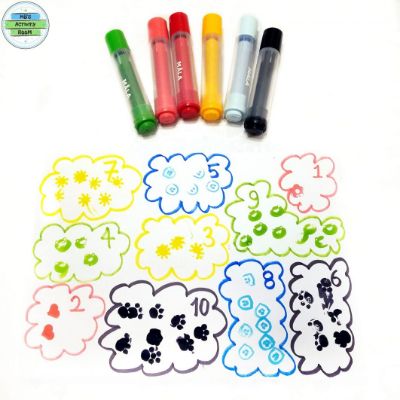
Shape Collages
Providing shape stamps and materials for toddlers to stamp shapes onto and create collages with their stamped prints.

Color Recognition Game
Using color stamps and asking toddlers to find objects in the environment that match the stamped colors.

Name Stamps
Creating personalized name stamps for toddlers, allowing them to stamp their names onto artwork or cards.

Letter Hunt Stamps
Hiding letter stamps around a designated area and they invite toddlers to find and stamp the letters they discover.
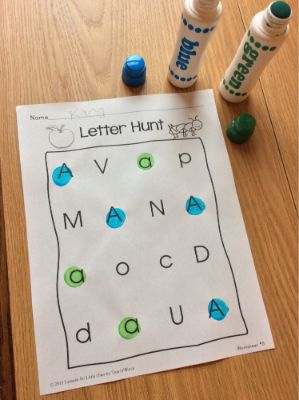
Shape Tracing
Stamping shapes onto paper and encouraging toddlers to trace the stamped shapes with crayons or markers.

Sight Word Stamps
Introducing common sight words with stamps and encouraging toddlers to stamp them and associate them with images or objects.
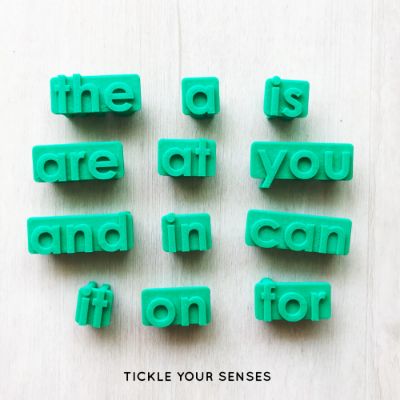
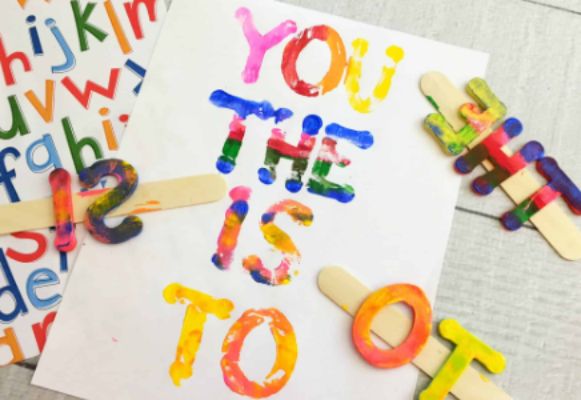
10 Diy Stamps – Making Homemade Stamps Using Everyday Objects
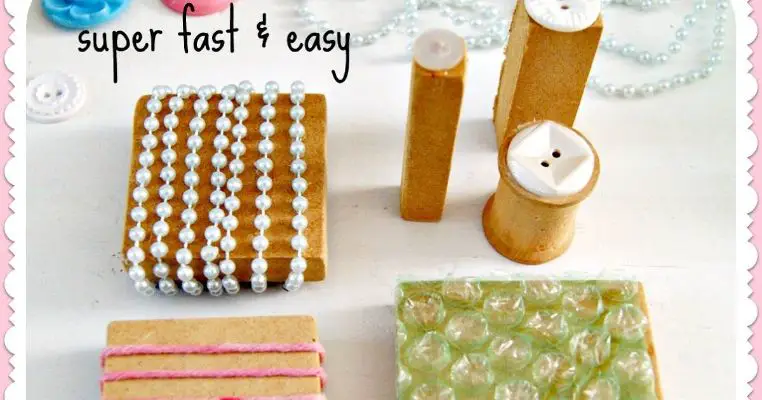
Cork Stampers
Using wine corks as stamp bases, allowing toddlers to dip them in paint and stamp them onto paper.
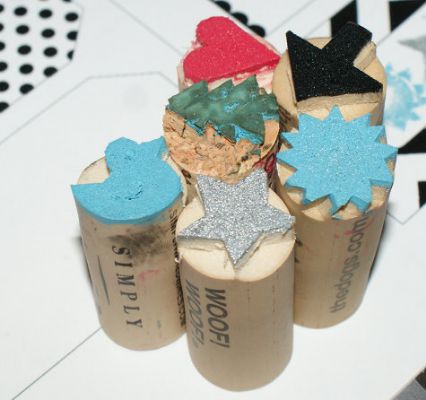
Vegetable Stamps
Carving shapes into cut vegetables, such as potatoes or celery stalks, to create unique stamp patterns.

Bubble Wrap Stamps
Cutting small sections of bubble wrap and attaching them to cardboard or wooden blocks to make textured stamps.

Bottle Cap Stamps
Gluing various objects, such as buttons or foam shapes, onto bottle caps to create custom stamps.
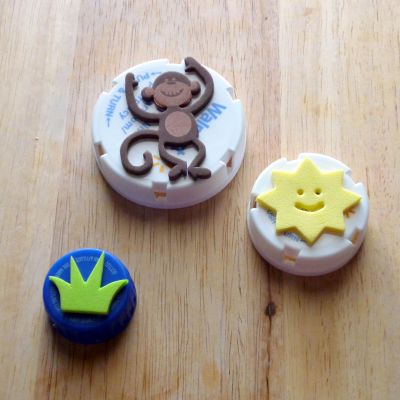
Leaf Stamps
Collect outdoor leaves and attach them to wooden blocks for natural leaf prints.

Pencil Eraser Stamps
Use the eraser end of a pencil as a stamp by dipping it in paint and stamping it onto paper.

Q-tip Stamps
Bending Q-tips into different shapes or attaching cotton balls to the ends to create unique stamp designs.

Lego Stamps
Attaching Lego bricks of different sizes and shapes to a base to create block-like stamps.

Sponge Stamps
Cutting sponges into different shapes and using them as stamps to create textured patterns.

Button Stamps
Gluing buttons of various sizes onto cardboard or wooden blocks to make button-shaped stamps.

10 Stamp Storage And Organization – Keeping Stamps Accessible And Tidy
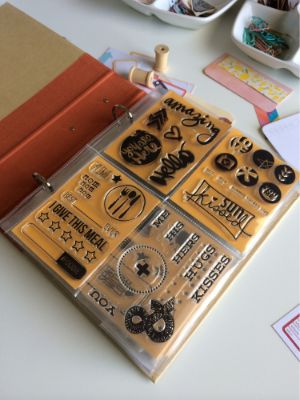
Drawer Dividers
Using small dividers in a drawer to separate and organize stamps by type or theme.

Clear Containers
Storing stamps in clear containers or bins for easy visibility and accessibility.

Labeling System
Applying labels or tags to stamp storage containers identifies and categorizes different stamp sets.

Hanging Organizer
Use a hanging shoe organizer with clear pockets to store and display stamps neatly.

Stackable Trays
Utilizing stackable trays or containers with compartments to store stamps in an organized manner.

Zippered Bags
Keeping stamp sets in zippered bags labeled with the set’s name or theme to prevent loss or misplacement.

Magnetic Boards
Attach stamps to magnetic boards or sheets for an organized, space-saving storage solution.

Index Card Catalog
Creating an index card catalog system to categorize and store stamps, each representing a stamp set.
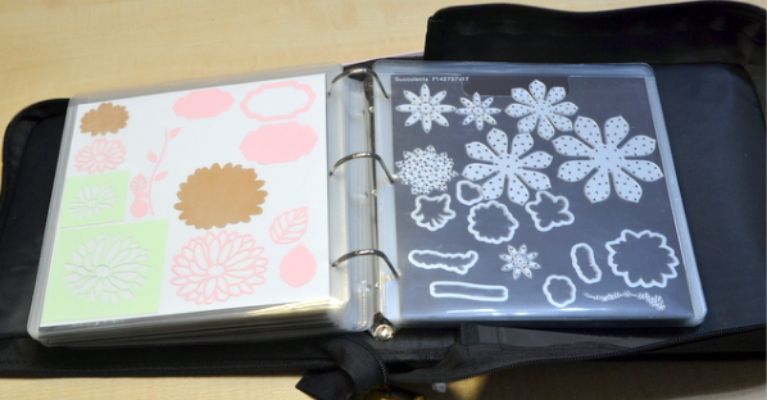
Portable Case
Use a portable storage case with dividers and compartments to keep stamps organized and easily transportable.

Wall-mounted Display
Installing a wall-mounted display board or corkboard to showcase and store stamps in an eye-catching way.

Wrapping Up
Stamp art provides endless possibilities for creativity and exploration among postage and kids. Through sensory play, early learning activities, or DIY stamping, children can develop fine motor skills, express themselves, and engage in imaginative experiences. Stamping becomes a joyful artistic expression and learning avenue with safe tools and thoughtful organization.
